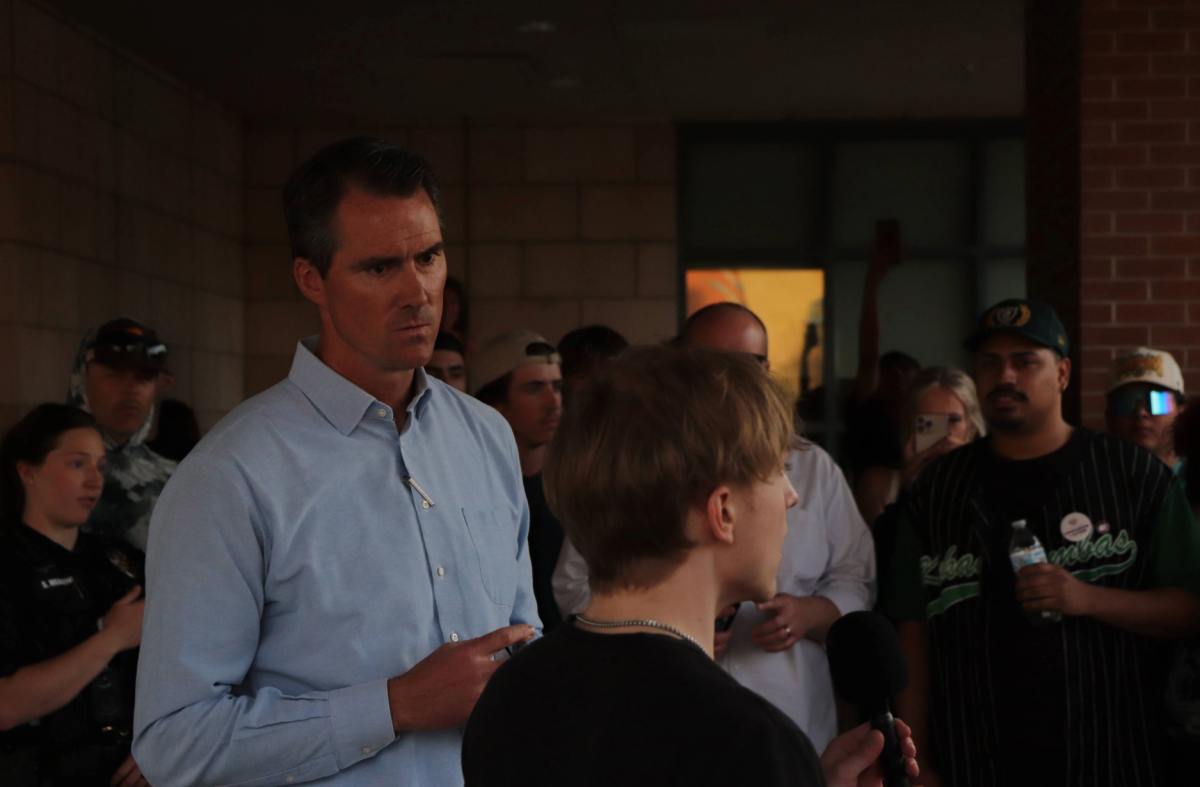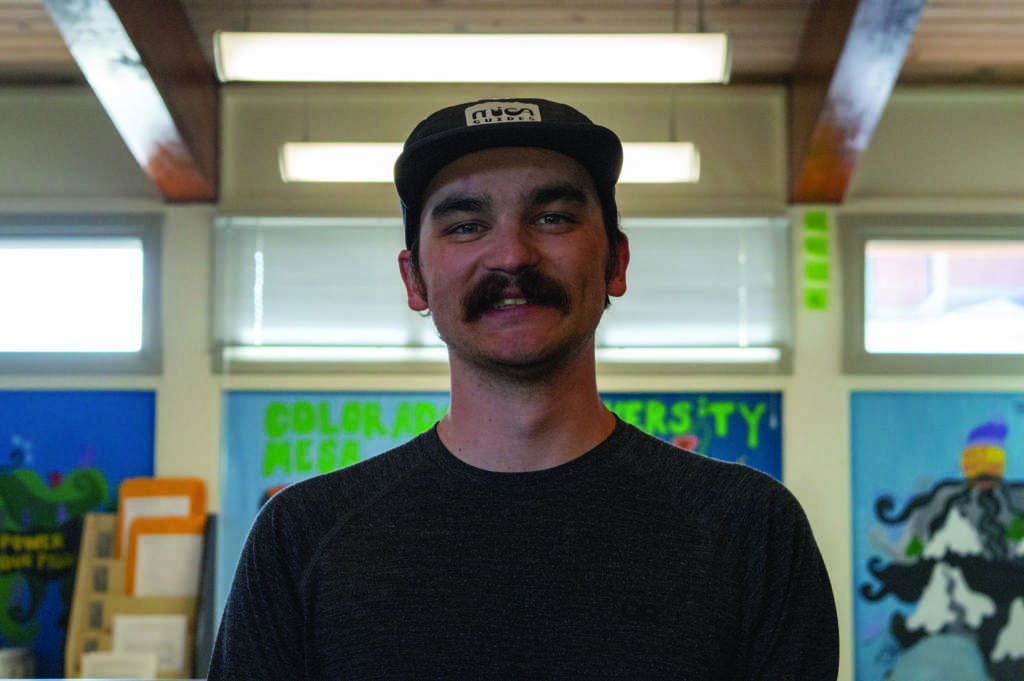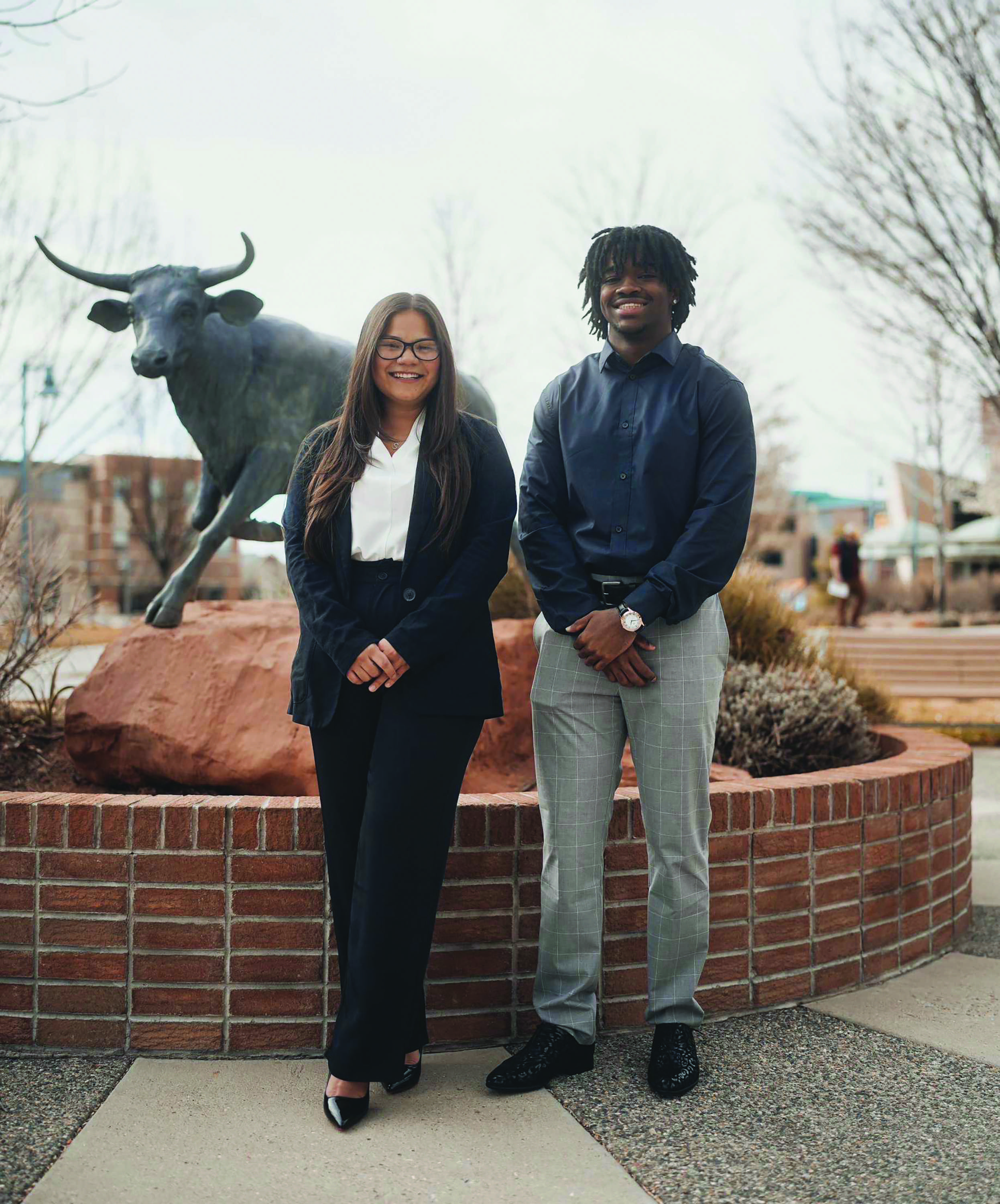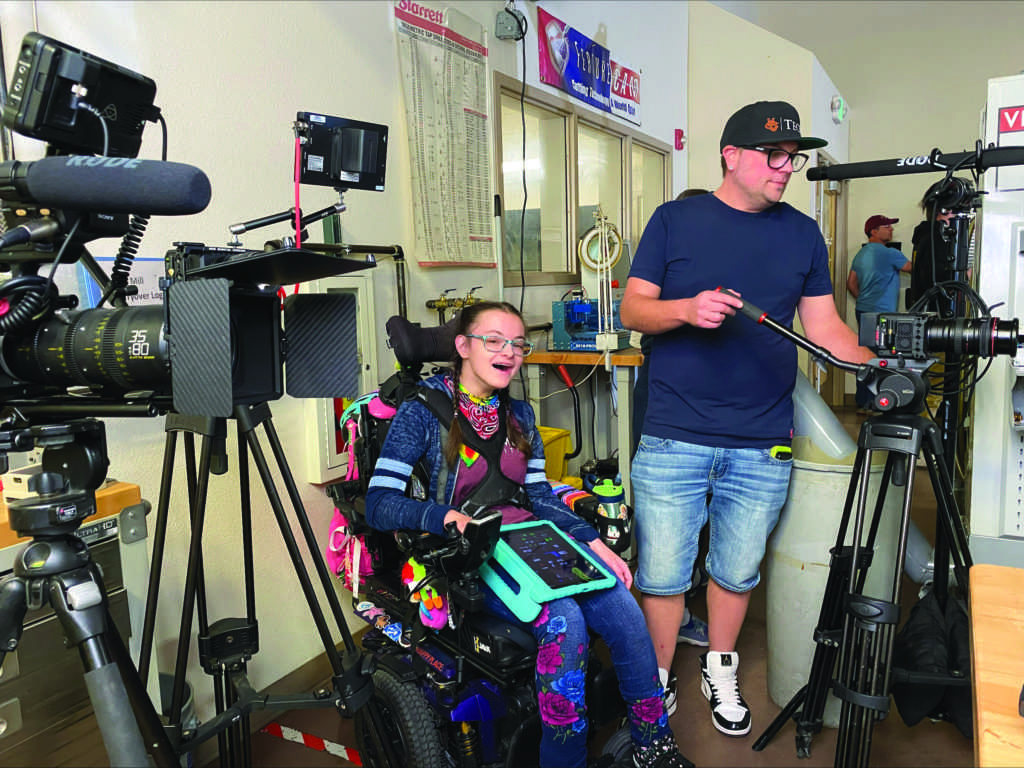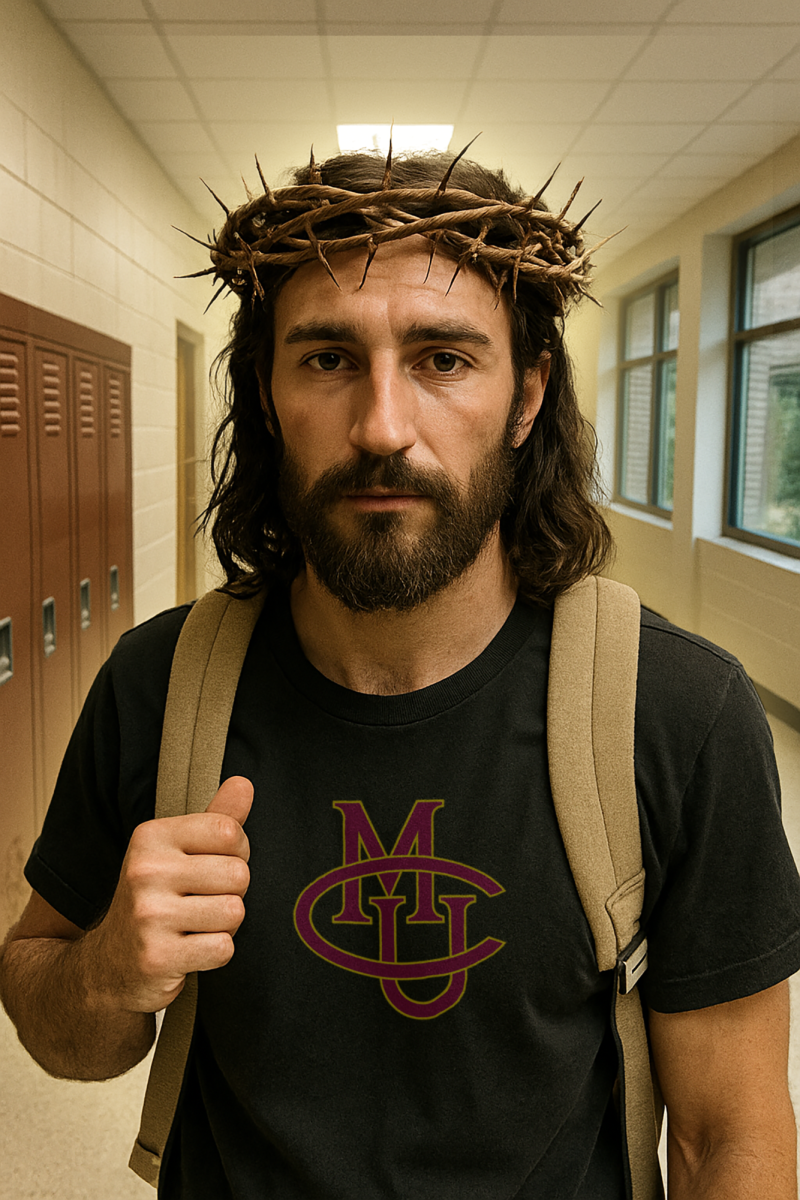Unlike many of the largest schools in the United States, Colorado Mesa University attempts to track student suicide numbers, though the university has a difficult time verifying the accuracy of the numbers. Attempting to track the numbers is part of CMU’s ongoing effort to prevent suicide among the student population.
According to the CU Independent article “CU does not track student suicides, AP reports,” over half of the largest 100 universities in the U.S. either don’t track their student suicide numbers or have limited data.
CMU tries to keep track, but Vice President of Student Services John Marshall noted the difficulty of obtaining accurate information. The challenge comes from unclear knowledge from how adult students pass away.
“There’s not really a method to ironclad know that. We might learn secondhand or after the fact sometimes. Sometimes we may not find out at all,” Marshall said. “To the extent that we are aware, we do track manner of death.”
To the extent that CMU has been able to accurately track the manner of death, three students lost their lives to suicide in 2014, one student committed suicide in 2015, none were lost to suicide in 2017 and one student has been lost to suicide to date in 2018.
CMU’s geographical location contributes to the challenge CMU faces with tracking and eliminating student suicide.
“We live in a community that has a disproportionately high incident rate of suicide in Mesa County in a state that is disproportionately high. Colorado is one of the higher states in the nation. We are just unacceptably high,” Marshall said. “We just have to know that some proportion of those are going to be young people. I think the reality is that every one of them is a tragedy. Everyone is just an absolute human disaster and unfortunately, we suffer more than our fair share.”
The goal for CMU is elimination. Marshall said, “one is too many,” and pointed to the growing systems of prevention and support that CMU has developed over the years to combat student suicide.
“CMU has made some dramatic steps forward in the last five years, in the area of student emotional and physical wellness as well as more specific suicide prevention activities, all of which contribute to a suicide-safer campus community,” Susan Becker, professor of psychology said.
One of the prevention methods is counseling services brought to campus that are connected to physical health services for the purpose of coordinated care. CMU has also developed safety response protocols for events including suicide risk. A campus suicide prevention coordinator has been utilized to facilitate resources, communication and training. Additionally, CMU offers suicide intervention training for both students and staff.
According to Becker, the methods CMU uses are added to or improved upon based on effectiveness data. The training Becker is responsible for use the data to be refined yearly. Becker thinks CMU is a caring campus but still sees room for improvement.
“One area I’m hoping that we can enhance is the involvement of counseling center personnel on campus doing some of the training so that students become more familiar with them. That will reduce some of the hesitation students may have about seeking help for mental health issues,” Becker said. “I think we can also look at increasing the number of brief suicide intervention training opportunities on campus if we have someone who can coordinate those efforts.”
CMU’s efforts to prevent suicide may be helping to reduce the number of students who take their lives, but the effectiveness is ultimately unknowable. All the university is able to do is keep track of the numbers as accurately as possible and look for areas of improvement.
“I think the optimist in me says that the cumulative impact from all of this prevention and education has got to be making a difference. I know for a fact we’re engaging more students who are getting help than ever before,” Marshall said. “But it’s a little like saying ‘is all your training and prevention work around students concern over active threat working?’ Well, we haven’t had any shooters on campus. Is that because of early intervention methods or are we just lucky? I’d like to think that the work we’re doing is making an impact.”



